
Photo Attribution: NASA, ESA, David Jewitt (UCLA); Image Processing: Joseph DePasquale (STScI)
3I/ATLAS Discovery Chart
This example has been viewed 74x times
Summary
Rodden Rating
Analysis for 3I/ATLAS Discovery Chart
Biography
3I/ATLAS, also known as C/2025 N1 (ATLAS) and previously as A11pl3Z, is an interstellar comet[16][17] discovered in July 2025 by the Asteroid Terrestrial-impact Last Alert System (ATLAS) station. The comet follows an unbound, hyperbolic trajectory past the Sun.[5][c] It will not come closer than 1.8 AU (almost twice the distance of the Sun) from Earth, so it poses no threat.[18] The prefix "3I" designates it as the third confirmed interstellar object passing through the Solar System, after 1I/ʻOumuamua and 2I/Borisov.[19] It is not expected to brighten enough to become visible in binoculars or to the naked eye. During solar conjunction on 21 October 2025,[f] the comet could be observed by the GOES-19 weather satellite.[20]
3I/ATLAS is an active comet consisting of a solid icy nucleus and a coma, which is a cloud of gas and icy dust escaping from the nucleus. The size of 3I/ATLAS's nucleus is uncertain because its light cannot be separated from that of the coma.[21] The Sun is responsible for the comet's activity because it heats up the comet's nucleus to sublimate its ice into gas, which outgasses and lifts up dust from the comet's surface to form its coma.[22] Images by the Hubble Space Telescope suggest that the diameter of 3I/ATLAS's nucleus is between 0.32 and 5.6 km (0.2 and 3.5 mi), with the most likely diameter being less than 1 km (0.62 mi).[12] Observations by the James Webb Space Telescope (JWST) have shown that 3I/ATLAS is unusually rich in carbon dioxide and contains a small amount of water ice, water vapor, carbon monoxide, and carbonyl sulfide.[23] Observations by the Very Large Telescope have also shown that 3I/ATLAS is emitting cyanide gas and atomic nickel vapor at concentrations similar to those seen in Solar System comets.[24]
3I/ATLAS came closest to the Sun on 29 October 2025, at a distance of 1.36 AU (203 million km; 126 million mi) from the Sun, which is between the orbits of Earth and Mars.[10] The comet appears to have originated from either the Milky Way's thin disk or thick disk;[25] if 3I/ATLAS originated from the thick disk, the comet could be at least 7 billion years old –older than the Solar System itself.[26][8]
Source: https://en.wikipedia.org/wiki/3I/ATLAS
*** DISCLAIMER: 3I/ATLAS was discovered on July 1st, 2025, but it was confirmed as an interstellar a day after and therefore, we chose July 2nd for the discovery chart. Gaia
Raw Data
Horoscope Data
Comments
Natal Data
2025-07-02 Unknown Time LMT
30° 16′ 42.4″ S 70° 40′ 35.7″ W
Río Hurtado, Coquimbo, Chile





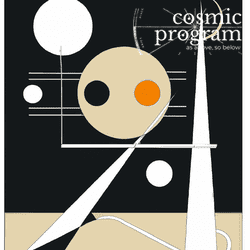





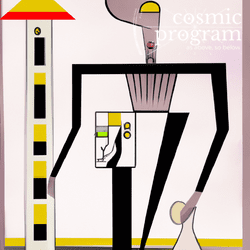


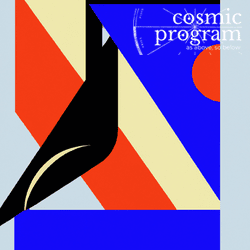








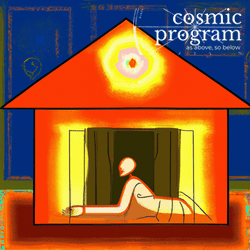


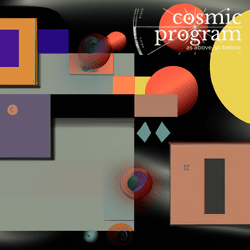

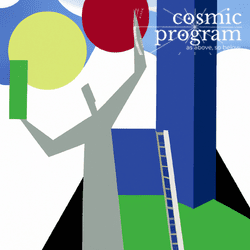


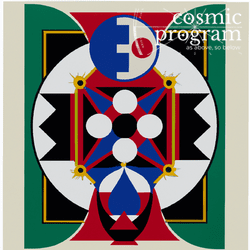










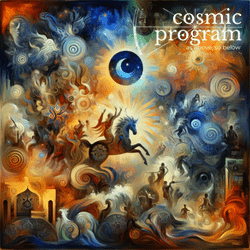
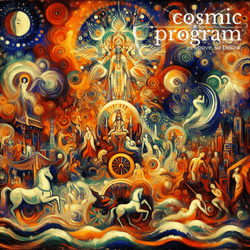





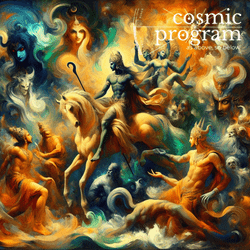



.jpg?bossToken=756f712a73bb8236051513f12a7074b20a3bb6fc1a3144734606260a18b7de67)



.jpg?bossToken=056b6988a0d84ed873b53faa760ae77d6bfd102904c6c78dec10939ecdec0f6d)
.jpg?bossToken=08c481a3fa0c716226f91b7380858b2bc4263bf36df763df30dfc804d5be6135)






